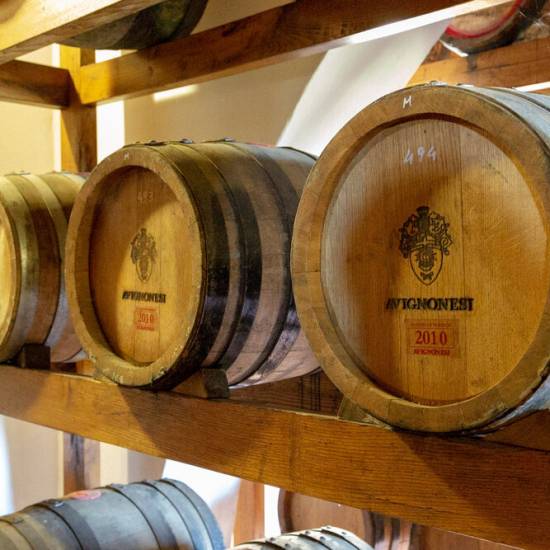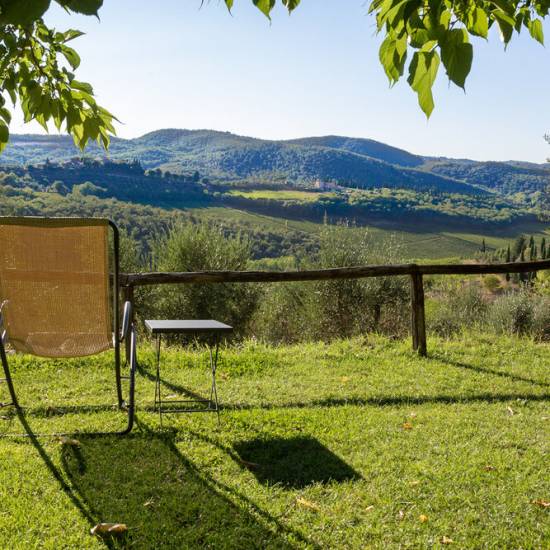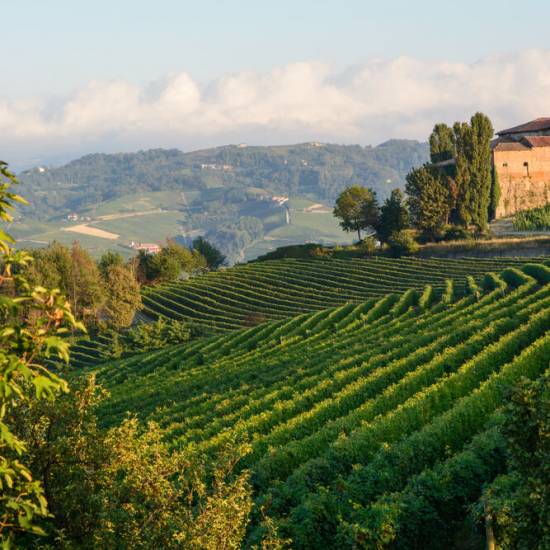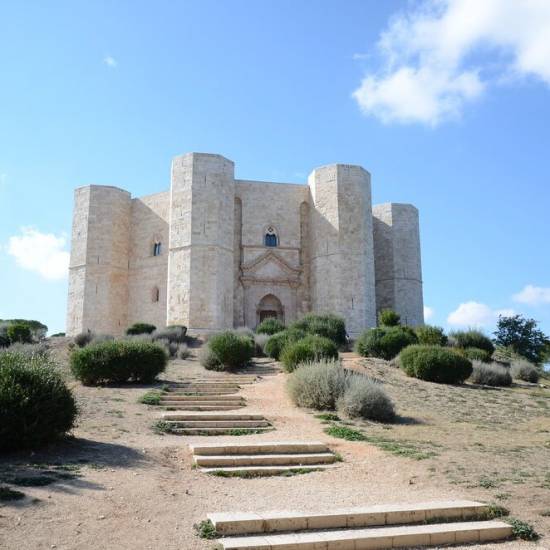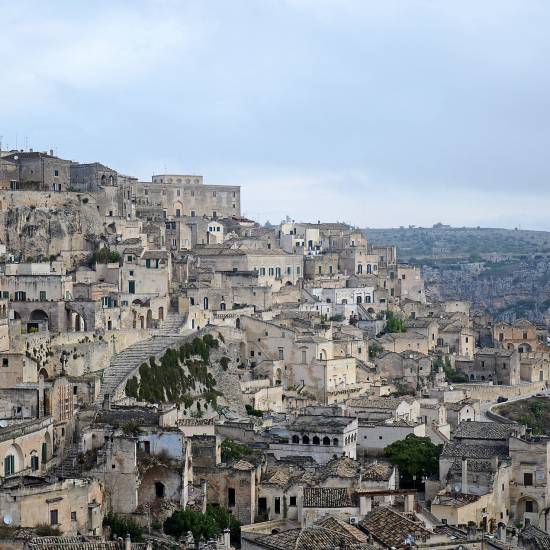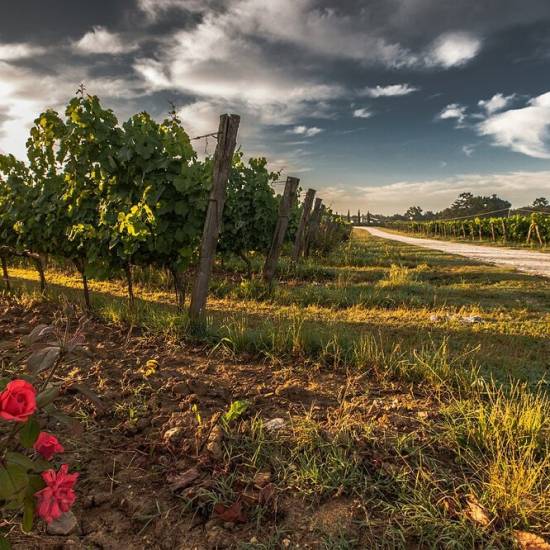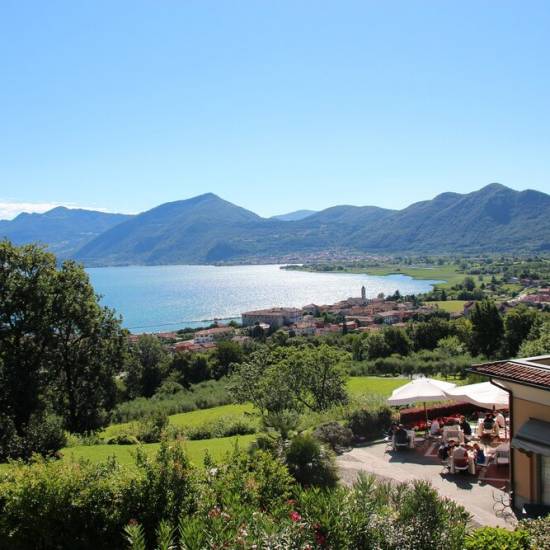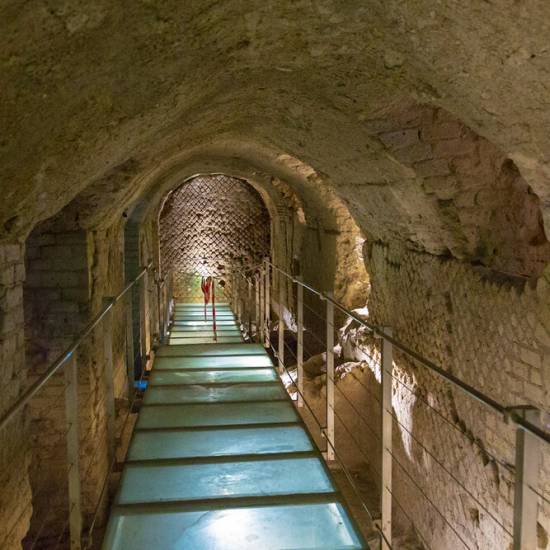Collapsible Cones and Clever Rebels: The Tax-Evading Origins of Apulia’s Trulli
The Architecture of Evasion
The origins of the Trulli trace back to the late Middle Ages, when Apulia was part of the Kingdom of Naples, a realm known not just for its beauty but for its bureaucracy. In this kingdom, property taxes were levied on permanent structures—those made with mortar and deemed official dwellings.
The locals of the Itria Valley, faced with oppressive tax burdens, responded with characteristic Apulian ingenuity. They began building homes entirely from local limestone, using a dry-stone technique—no mortar, no binding agents. This meant that a Trullo (singular of Trulli) could be quickly dismantled if royal inspectors came knocking, allowing its owners to claim that no permanent residence existed. No house, no tax.
What looked like humble peasant cottages were, in fact, cleverly disguised fiscal loopholes.
The Genius of the Cone
The most striking feature of a Trullo is its cone-shaped roof, constructed with layered stone slabs called chiancarelle. These roofs weren’t just an aesthetic choice—they were a practical innovation:
- Built without cement, they could be partially or fully deconstructed in hours.
- The weight of the overlapping stones created a stable, self-supporting dome, cool in summer and insulating in winter.
- If a tax official was spotted in the distance, villagers could remove a few key stones, rendering the house "incomplete" and therefore untaxable.
Alberobello: A Legal Loophole Becomes a Legacy
The town of Alberobello, now a UNESCO World Heritage Site, became the heart of Trulli construction. For centuries, its residents lived in these pop-up homes, passing down the craft of dry-stone masonry from one generation to the next. While other towns modernized, Alberobello doubled down on its unique architectural identity, preserving hundreds of Trulli in a sprawling, whitewashed maze.
It wasn’t until the late 18th century, when King Ferdinand IV finally granted Alberobello official town status, that the residents were allowed to build with mortar. By then, the Trulli had already become a symbol of rural resilience and architectural wit.
A Stone-Built Resistance
Today, tourists admire Trulli for their quaint beauty, their star-topped pinnacles, and the mysterious symbols painted on their roofs—crosses, moons, zodiac signs, and esoteric glyphs. But behind the charm lies a legacy of silent resistance. The Trulli stand as stone testimonies to a time when everyday people found creative ways to resist an unfair system, not with protest, but with architecture.
Apulia’s Quiet Revolution
In Apulia, even the homes tell stories of survival. The Trulli may no longer need to dodge taxes, but they continue to reflect the region’s deeper truth: a land of resourcefulness, tenacity, and unshakable identity. Beneath their quaint rooftops lies the spirit of a people who, when faced with authority, chose to respond not with confrontation—but with craftsmanship.

